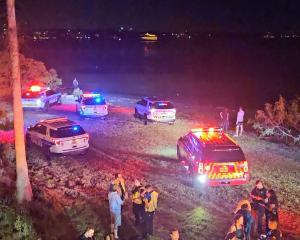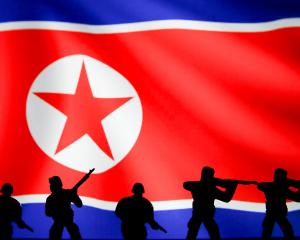CIA Director John Brennan, in a speech in New York, said such communications only add to the difficulty of dealing with diffuse threats and attacks across the world from groups like Islamic State, known also as ISIL, and others.
"New technologies can help groups like ISIL coordinate operations, attract new recruits, disseminate propaganda, and inspire sympathizers across the globe to act in their name," Brennan said, using an acronym for the militant group that has taken hold in Syria and Iraq.
"The overall threat of terrorism is greatly amplified by today's interconnected world, where an incident in one corner of the globe can instantly spark a reaction thousands of miles away; and where a lone extremist can go online and learn how to carry out an attack without ever leaving home," Brennan said.
Speaking at the Council on Foreign Relations, Brennan cited a recent spate of attacks, including shootings at the French satirical newspaper Charlie Hebdo, at a cafe in Copenhagen, Denmark and a Pakistani school.
"These attacks underscore a disturbing trend that we have been monitoring for some time: The emergence of a terrorist threat that is increasingly decentralized, difficult to track, and difficult to thwart."
The security concerns over the last year underscore an increasingly volatile world with more outbreaks of instability since the fall of the Soviet Union, Brennan said.
And while agencies such as the CIA have worked to boost their capability of fighting cyber-based threats, those bent on committing acts of terror have also improved their use of technologies, he added.
Brennan said governments would have to work with private industry and other partners to identify and track down extremists, pointing to the ongoing conflict in Syria and Iraq and the challenge of foreign fighters engaging in the conflict there as a top priority.
There, he said, "at least 20,000 fighters from more than 90 countries have gone to fight - several thousand of them from Western nations, including the United States."













